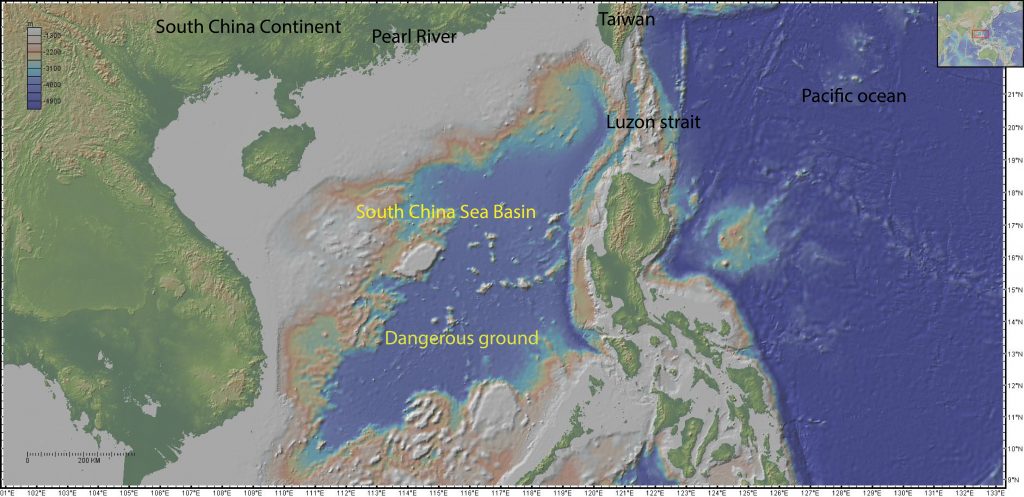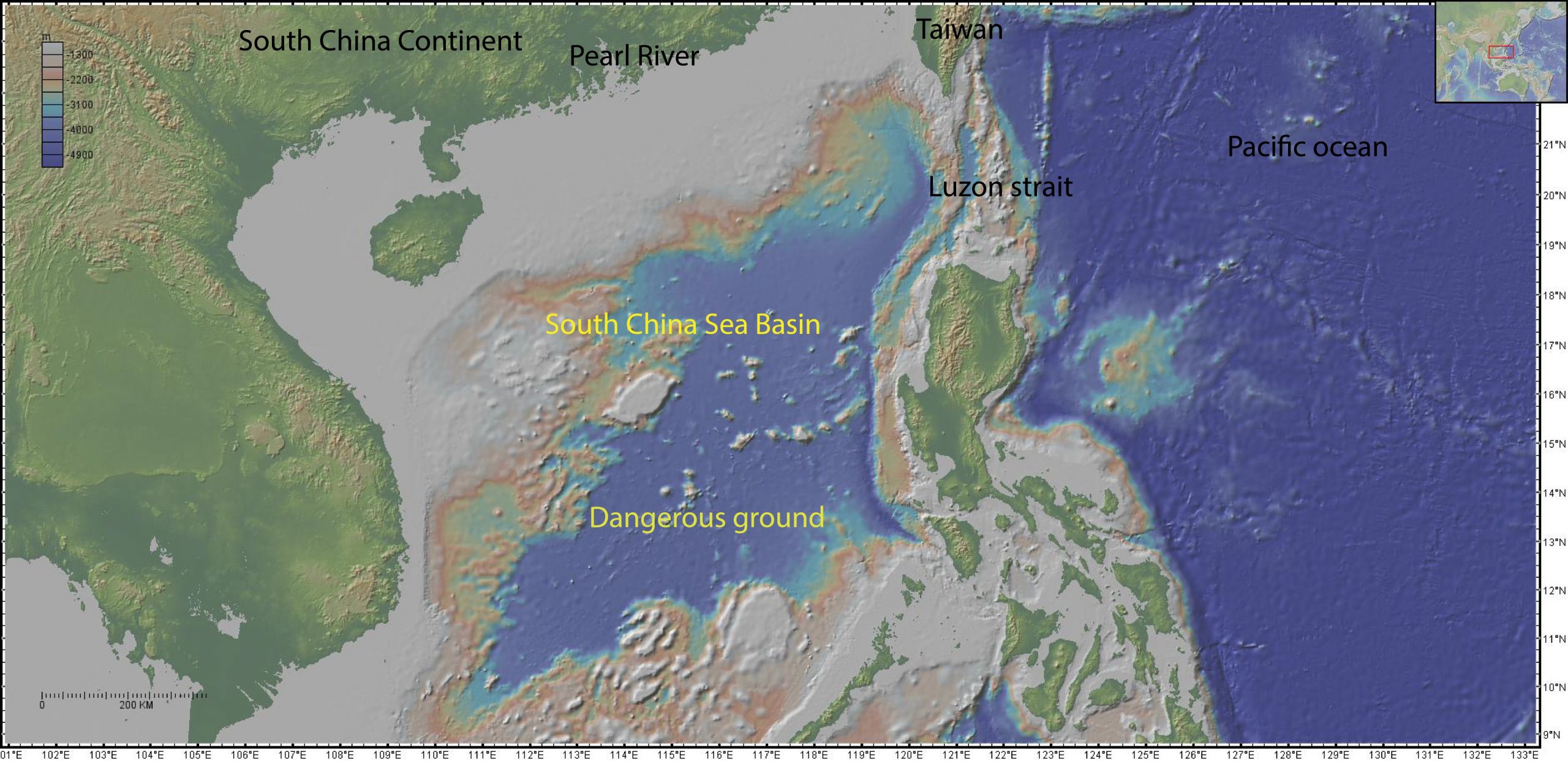
In a resolute demonstration of resolve, the Philippines is poised to procure its inaugural submarine, marking a significant milestone in response to escalating Chinese aggression and the implementation of Gray Zone operations in the South China Sea. This decision represents the latest development in an enduring dispute, where the Philippines has steadfastly defended its stance against China’s territorial claims.
Several prominent contenders, including the French Naval Group, have emerged as primary candidates to provide this landmark asset, offering their Scorpene submarines. The objective is to elevate the Philippine Navy to a formidable maritime power. Additional offers have been tendered by South Korea’s DSME, Russia, and Turkey, all of which are eager to contribute to the reinforcement of the country’s naval strength.
However, the Philippines’ aspirations extend beyond the acquisition of a submarine alone. The nation is also actively pursuing the development of domestic manufacturing capabilities within its borders. Concurrently, it seeks to enhance its training capacities, ensuring the establishment of a robust and self-reliant defense force.
President Ferdinand R. Marcos Jr. acknowledged the significance of this endeavor during a media interview held in Manila on the occasion of the Philippines Navy’s 125th-anniversary celebration. He emphasized, “There is a plan, but it is still under development. Operating a submarine entails substantial commitments, necessitating extensive training, specialized equipment, and significant operational requirements.”
In a bold maneuver, the Philippine Navy has deployed personnel to France for advanced training ahead of the forthcoming acquisition of their maiden submarines. This action indicates a potential inclination towards selecting the highly regarded Scorpène-class diesel-electric submarines [SSK] offered by the Naval Group. This particular submarine model has garnered favor from nations such as Brazil, Chile, India, and Malaysia.
Since 2015, the Philippine Navy has been laying the groundwork to establish its submarine force, launching training programs at the facility operated by DCI in France. A carefully chosen crew of 31 sailors will assume command of the Scorpene SSK, boasting an impressive sea endurance of 80 days, thereby constituting a formidable addition to the Philippine Navy.
Similar to those utilized by Brazil, this submarine variant will be equipped with six torpedo tubes and can deploy a total of 18 munitions, amplifying its striking power. It is armed with SM 39 Exocet anti-ship missiles and F21 heavyweight torpedoes, further augmenting its firepower.
Despite encountering previous uncertainties primarily due to budgetary constraints within the country’s defense expenditure, this ambitious submarine plan has been revitalized. The Philippines Navy’s Horizon 3 modernization plan, spanning from 2023 to 2028, has allocated an estimated 70-100 billion Philippine Pesos (equivalent to 1.25-1.80 billion USD) for the procurement of two submarines, thus unequivocally demonstrating the nation’s unwavering commitment to bolstering its naval capabilities.
Upon finalizing the agreement, the commencement of a five-year countdown ensues, marking the awaited arrival of the first submarine to join the fleet. Although the construction of the submarines will not take place within the Philippines, the Naval Group remains dedicated to providing intensive four-year training for local personnel.
Observers closely monitoring the dynamics in the South China Sea perceive this development as positive, suggesting that the Philippines could gain substantial advantages by forging alliances with like-minded nations and augmenting its internal capabilities. Presently, several neighboring countries such as Vietnam, Indonesia, and Malaysia already possess operational submarines.
Harsh V Pant, a Professor of International Relations at King’s College London, emphasized the need for regional countries to unite with similar-minded nations in the face of China’s escalating assertiveness. He stated, “This should be followed by building adequate capability, which for the Philippines means developing a submarine fleet.”
Commodore Ajay Jay Singh, a retired submariner from the Indian Navy, offered his perspective, highlighting the importance for the Philippines to confront China’s Coast Guard and maritime militia. Recognizing the potential for hostilities to lead to unexpected outcomes, he noted that a submarine capability would limit China’s maneuverability should they opt for a forceful approach in the disputed waters. Strengthening naval forces in Southeast Asia as a response to the Chinese threat would serve as an effective deterrent.
The Philippines is preparing itself to confront China, considering the latter’s occupation of Mischief Reef within the Philippines’ exclusive economic zone in 1994, subsequently converting it into a military base. Despite an international tribunal discrediting China’s justifications for aggressive actions such as ship harassment and fishermen blockade in 2016, China continues to employ such tactics and retains control over Scarborough Shoal.
The power disparity between China and the Philippines is substantial, with China’s GDP per capita and defense expenditure far exceeding those of the Philippines. China also possesses a significantly larger navy and maritime militia.
The Philippines intends to modernize its navy, including the establishment of a submarine fleet, following the footsteps of other Southeast Asian nations. This strategic step holds significant importance for a country boasting one of the world’s longest coastlines, serving as a deterrent and showcasing the Philippines’ capability to safeguard its territorial integrity.
China’s employment of Gray Zone operations encompasses a range of subtle strategies aimed at exerting control over weaker nations through economic, political, and informational means, carefully avoiding direct military confrontation. This deliberate and gradual approach blurs the distinction between peace and conflict.
A prime example of these tactics is the use of militia vessels to harass commercial ships in the region. In response, Professor Pant suggests that affected nations should unite, sharing resistance strategies to counteract this aggression.
Furthermore, Professor Pant proposes the establishment of a network among nations, fostering the exchange of intelligence and experiences, which could prove to be a game-changer. The success of Gray Zone tactics largely hinges on nations lacking partnerships and reliable information.
In its resistance efforts, the Philippines intends to procure BrahMos supersonic cruise missiles from India, a strategically significant move. Additionally, the Philippines plans to strengthen its strategic alliances with other nations in the Indo-Pacific region.
Having updated the 1951 Mutual Defense Treaty with the United States, the Philippines has granted the US access to an additional four bases. The joint execution of the largest maritime drill to date sends a clear signal to China that the Philippines is prepared to defend its sovereignty.





